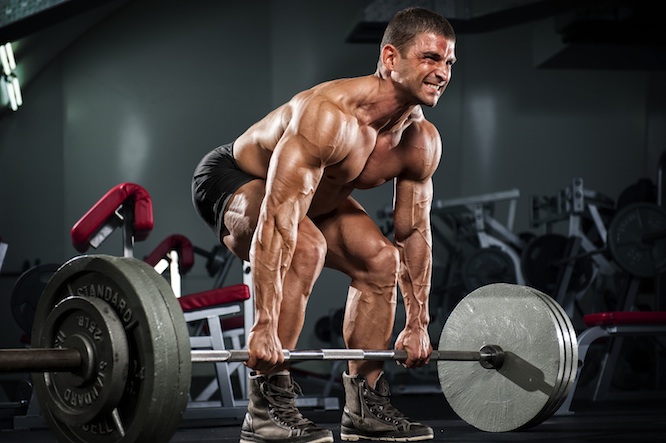
Is the deadlift alone enough to make your back strong?
Let me start by reframing question, if you’re able to deadlift twice your body weight, do you have a strong back?
The logical answer would be yes. How can you not have strong back if you’re able to pick up that much weight from the floor?
That’s not necessarily the case
Take Bob for example.
Bob is a mid forties City executive with a great track record in amateur sport. He’s exercised the majority of his life and was a little miffed when he started to encounter back pain after incorporating Crossfit into his fitness regime.
Bob can deadlift 160kg for 5 reps which is no mean feat considering he weighs 75kgs.
After a few Muscle Activation Techniques sessions addressing weakness in his hips and feet, we took a look at the muscles in his trunk. On testing some of his spinal extensors we found some serious weakness. Bob was able to offer absolutely no resistance to certain muscle tests. Then came the question, ‘how am I dead lifting 160kg then?’
Because your body is incredible at compensating Bob.
Compensation
The drive up to standing, from the hip flexed starting position of the deadlift, involves a large number of muscles. The role of the back extensors is to isometrically contract in order to keep the spine stable while you move. Think of them as supporting the arm of the crane.
If the force they are asked to counter is too great, your central nervous system will find another way. This may be evidenced by a bend in the spine but equally may not. The outside picture doesn’t always tell an accurate story of what’s going on inside.
That’s why we test
After we got Bob’s back extensors working better, we tried an experiment. I asked Bob to deadlift 100kg once. His form looked decent and he reported the exercise felt easy. His back extensors told a different story however. Back on the table he was able to offer no resistance to certain tests of his lumbar spine muscles.
We repeated this process until we found a weight that enabled Bob to pass some key muscle tests on the table afterwards.
That weight? 70kgs.
What conclusions can we draw from this?
If Bob wants to provide an appropriate challenge to his spinal extensors and reduce the chances of him suffering back pain, he needs to drop the weight.
At present his weakest link in the deadlift is his back extensors. Simply continuing with his present course is not the answer. His body will simply compensate around the weakness and he may continue to suffer from pain.
Isolate then integrate
He is better to isolate his back extensors in a separate exercise in order to improve their tolerance for force. We are currently using some simple back extensions over a Bosu to achieve this.
If he wants to continue to challenge his hip extensors, choosing an exercise that does so without placing so much force through his back would be better. A leg press would enable this.
The goal of any resistance training exercise should be to enhance the function of every muscle involved. Pain is an indication that’s not taking place.
My guess is that Bob is capable of lifting more than 160kg in the deadlift. And he’ll be able to do so without pain once his back extensors are stronger.